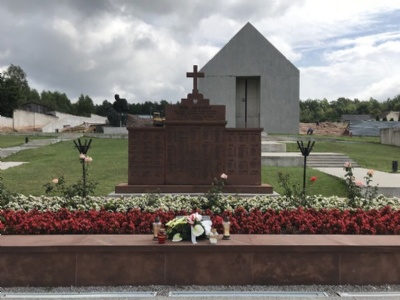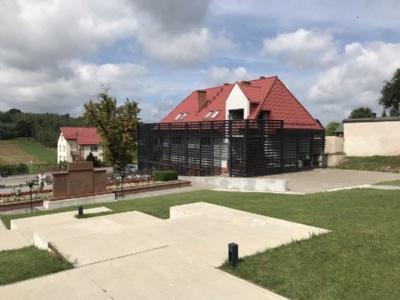Michniów
About twenty kilometres northeast of Kielce lies a small village called Michniow. During the war, there were links between the the village and the Polish resistance movement. Through informers, the Germans learned about this and decided to set an example. On July 12, 1943, German police forces arrived in Michniow, forcing the residents out of their homes and forced theim into barns who they set on fire. Several houses and buildings were set on fire and 102 residents were murdered during this action, most of them burned to death. In response to the German action, the resistance movement carried out an attack on German forces that killed or wounded more than ten Germans that evening. The German response did not wait, the next day the Germans returned to Michniow and murdered another 102 people. Ten people suspected of belonging to the resistance movement were deported to concentration camps and 18 young women were taken away to slave labour. Only two buildings survived the rampage and the Germans forbade the village to be rebuilt. A total of 204 people were killed, including 54 women and 48 children. On July 15, the Germans allowed people from nearby villages to bury the dead in unmarked graves.
Current status: Rebuilt with museum (2019).
Location: 51°00'18.63"N 20°50'53.18"E
Get there: Car.
Follow up in books: Lukas, Richard C: Forgotten Holocaust: The Poles Under German Occupation 1939–1944 (2008).



The museum was still under construction in 2019 and it seems to be a long history. This can sometimes be the case when the museum or memorial that is being built is characterized by a complex and symbolic architecture where many people involved in the project wants to have their saying.